Qiankun Li
From Pixels to Views: Learning Angular-Aware and Physics-Consistent Representations for Light Field Microscopy
Oct 26, 2025Abstract:Light field microscopy (LFM) has become an emerging tool in neuroscience for large-scale neural imaging in vivo, notable for its single-exposure volumetric imaging, broad field of view, and high temporal resolution. However, learning-based 3D reconstruction in XLFM remains underdeveloped due to two core challenges: the absence of standardized datasets and the lack of methods that can efficiently model its angular-spatial structure while remaining physically grounded. We address these challenges by introducing three key contributions. First, we construct the XLFM-Zebrafish benchmark, a large-scale dataset and evaluation suite for XLFM reconstruction. Second, we propose Masked View Modeling for Light Fields (MVN-LF), a self-supervised task that learns angular priors by predicting occluded views, improving data efficiency. Third, we formulate the Optical Rendering Consistency Loss (ORC Loss), a differentiable rendering constraint that enforces alignment between predicted volumes and their PSF-based forward projections. On the XLFM-Zebrafish benchmark, our method improves PSNR by 7.7% over state-of-the-art baselines.
SaFeR-VLM: Toward Safety-aware Fine-grained Reasoning in Multimodal Models
Oct 08, 2025Abstract:Multimodal Large Reasoning Models (MLRMs) demonstrate impressive cross-modal reasoning but often amplify safety risks under adversarial or unsafe prompts, a phenomenon we call the \textit{Reasoning Tax}. Existing defenses mainly act at the output level and do not constrain the reasoning process, leaving models exposed to implicit risks. In this paper, we propose SaFeR-VLM, a safety-aligned reinforcement learning framework that embeds safety directly into multimodal reasoning. The framework integrates four components: (I) QI-Safe-10K, a curated dataset emphasizing safety-critical and reasoning-sensitive cases; (II) safety-aware rollout, where unsafe generations undergo reflection and correction instead of being discarded; (III) structured reward modeling with multi-dimensional weighted criteria and explicit penalties for hallucinations and contradictions; and (IV) GRPO optimization, which reinforces both safe and corrected trajectories. This unified design shifts safety from a passive safeguard to an active driver of reasoning, enabling scalable and generalizable safety-aware reasoning. SaFeR-VLM further demonstrates robustness against both explicit and implicit risks, supporting dynamic and interpretable safety decisions beyond surface-level filtering. SaFeR-VLM-3B achieves average performance $70.13$ and $78.97$ on safety and helpfulness across six benchmarks, surpassing both same-scale and $>10\times$ larger models such as Skywork-R1V3-38B, Qwen2.5VL-72B, and GLM4.5V-106B. Remarkably, SaFeR-VLM-7B benefits from its increased scale to surpass GPT-5-mini and Gemini-2.5-Flash by \num{6.47} and \num{16.76} points respectively on safety metrics, achieving this improvement without any degradation in helpfulness performance. Our codes are available at https://github.com/HarveyYi/SaFeR-VLM.
SAMST: A Transformer framework based on SAM pseudo label filtering for remote sensing semi-supervised semantic segmentation
Jul 16, 2025Abstract:Public remote sensing datasets often face limitations in universality due to resolution variability and inconsistent land cover category definitions. To harness the vast pool of unlabeled remote sensing data, we propose SAMST, a semi-supervised semantic segmentation method. SAMST leverages the strengths of the Segment Anything Model (SAM) in zero-shot generalization and boundary detection. SAMST iteratively refines pseudo-labels through two main components: supervised model self-training using both labeled and pseudo-labeled data, and a SAM-based Pseudo-label Refiner. The Pseudo-label Refiner comprises three modules: a Threshold Filter Module for preprocessing, a Prompt Generation Module for extracting connected regions and generating prompts for SAM, and a Label Refinement Module for final label stitching. By integrating the generalization power of large models with the training efficiency of small models, SAMST improves pseudo-label accuracy, thereby enhancing overall model performance. Experiments on the Potsdam dataset validate the effectiveness and feasibility of SAMST, demonstrating its potential to address the challenges posed by limited labeled data in remote sensing semantic segmentation.
A Comprehensive Survey in LLM(-Agent) Full Stack Safety: Data, Training and Deployment
Apr 22, 2025Abstract:The remarkable success of Large Language Models (LLMs) has illuminated a promising pathway toward achieving Artificial General Intelligence for both academic and industrial communities, owing to their unprecedented performance across various applications. As LLMs continue to gain prominence in both research and commercial domains, their security and safety implications have become a growing concern, not only for researchers and corporations but also for every nation. Currently, existing surveys on LLM safety primarily focus on specific stages of the LLM lifecycle, e.g., deployment phase or fine-tuning phase, lacking a comprehensive understanding of the entire "lifechain" of LLMs. To address this gap, this paper introduces, for the first time, the concept of "full-stack" safety to systematically consider safety issues throughout the entire process of LLM training, deployment, and eventual commercialization. Compared to the off-the-shelf LLM safety surveys, our work demonstrates several distinctive advantages: (I) Comprehensive Perspective. We define the complete LLM lifecycle as encompassing data preparation, pre-training, post-training, deployment and final commercialization. To our knowledge, this represents the first safety survey to encompass the entire lifecycle of LLMs. (II) Extensive Literature Support. Our research is grounded in an exhaustive review of over 800+ papers, ensuring comprehensive coverage and systematic organization of security issues within a more holistic understanding. (III) Unique Insights. Through systematic literature analysis, we have developed reliable roadmaps and perspectives for each chapter. Our work identifies promising research directions, including safety in data generation, alignment techniques, model editing, and LLM-based agent systems. These insights provide valuable guidance for researchers pursuing future work in this field.
Incorporating Higher-order Structural Information for Graph Clustering
Mar 19, 2024Abstract:Clustering holds profound significance in data mining. In recent years, graph convolutional network (GCN) has emerged as a powerful tool for deep clustering, integrating both graph structural information and node attributes. However, most existing methods ignore the higher-order structural information of the graph. Evidently, nodes within the same cluster can establish distant connections. Besides, recent deep clustering methods usually apply a self-supervised module to monitor the training process of their model, focusing solely on node attributes without paying attention to graph structure. In this paper, we propose a novel graph clustering network to make full use of graph structural information. To capture the higher-order structural information, we design a graph mutual infomax module, effectively maximizing mutual information between graph-level and node-level representations, and employ a trinary self-supervised module that includes modularity as a structural constraint. Our proposed model outperforms many state-of-the-art methods on various datasets, demonstrating its superiority.
One Step Learning, One Step Review
Jan 19, 2024



Abstract:Visual fine-tuning has garnered significant attention with the rise of pre-trained vision models. The current prevailing method, full fine-tuning, suffers from the issue of knowledge forgetting as it focuses solely on fitting the downstream training set. In this paper, we propose a novel weight rollback-based fine-tuning method called OLOR (One step Learning, One step Review). OLOR combines fine-tuning with optimizers, incorporating a weight rollback term into the weight update term at each step. This ensures consistency in the weight range of upstream and downstream models, effectively mitigating knowledge forgetting and enhancing fine-tuning performance. In addition, a layer-wise penalty is presented to employ penalty decay and the diversified decay rate to adjust the weight rollback levels of layers for adapting varying downstream tasks. Through extensive experiments on various tasks such as image classification, object detection, semantic segmentation, and instance segmentation, we demonstrate the general applicability and state-of-the-art performance of our proposed OLOR. Code is available at https://github.com/rainbow-xiao/OLOR-AAAI-2024.
2nd Place Solution to Google Universal Image Embedding
Oct 19, 2022
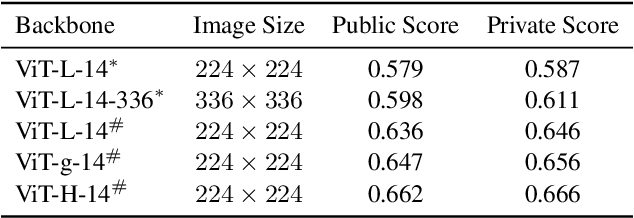

Abstract:Image representations are a critical building block of computer vision applications. This paper presents the 2nd place solution to the Google Universal Image Embedding Competition, which is part of the ECCV2022 instance-level recognition workshops. We use the instance-level fine-grained image classification method to complete this competition. We focus on data building and processing, model structure, and training strategies. Finally, the solution scored 0.713 on the public leaderboard and 0.709 on the private leaderboard.
MASNet:Improve Performance of Siamese Networks with Mutual-attention for Remote Sensing Change Detection Tasks
Jun 06, 2022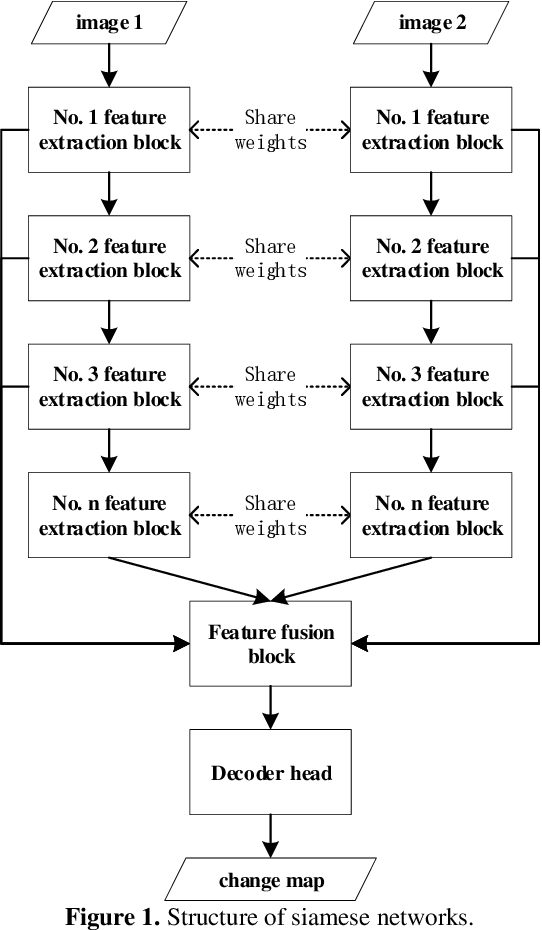
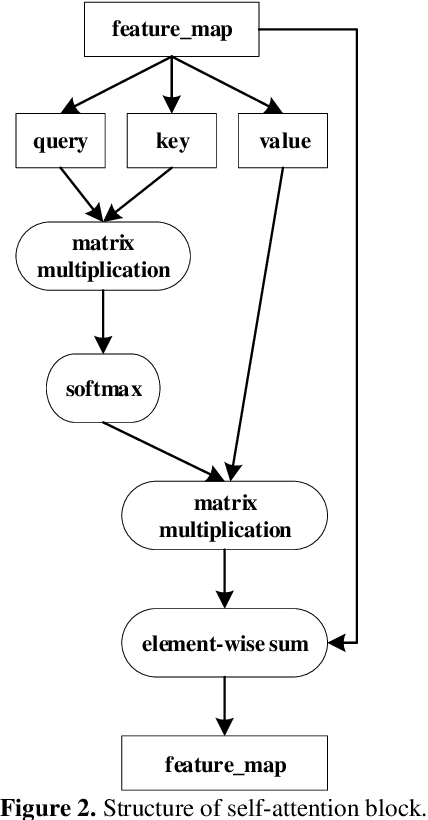
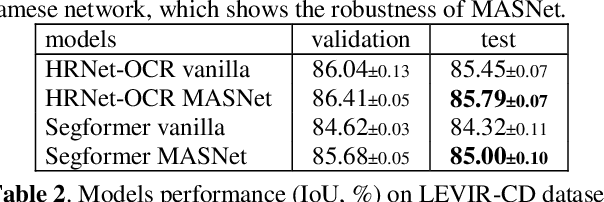
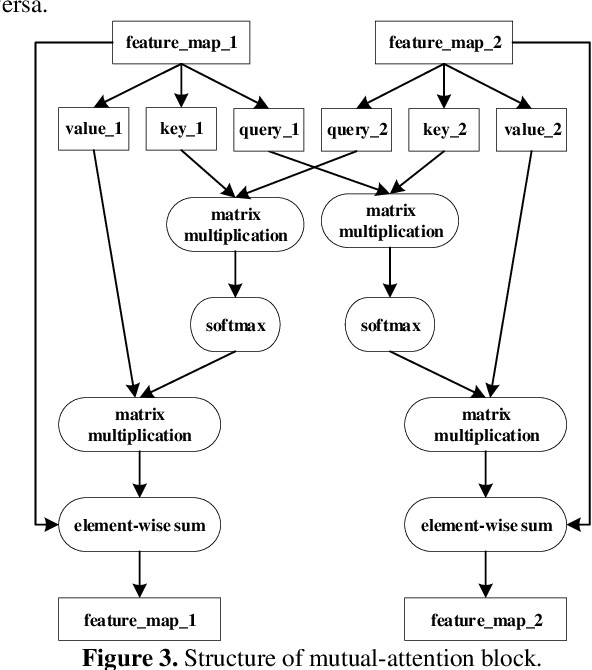
Abstract:Siamese networks are widely used for remote sensing change detection tasks. A vanilla siamese network has two identical feature extraction branches which share weights, these two branches work independently and the feature maps are not fused until about to be sent to a decoder head. However we find that it is critical to exchange information between two feature extraction branches at early stage for change detection task. In this work we present Mutual-Attention Siamese Network (MASNet), a general siamese network with mutual-attention plug-in, so to exchange information between the two feature extraction branches. We show that our modification improve the performance of siamese networks on multi change detection datasets, and it works for both convolutional neural network and visual transformer.
 Add to Chrome
Add to Chrome Add to Firefox
Add to Firefox Add to Edge
Add to Edge